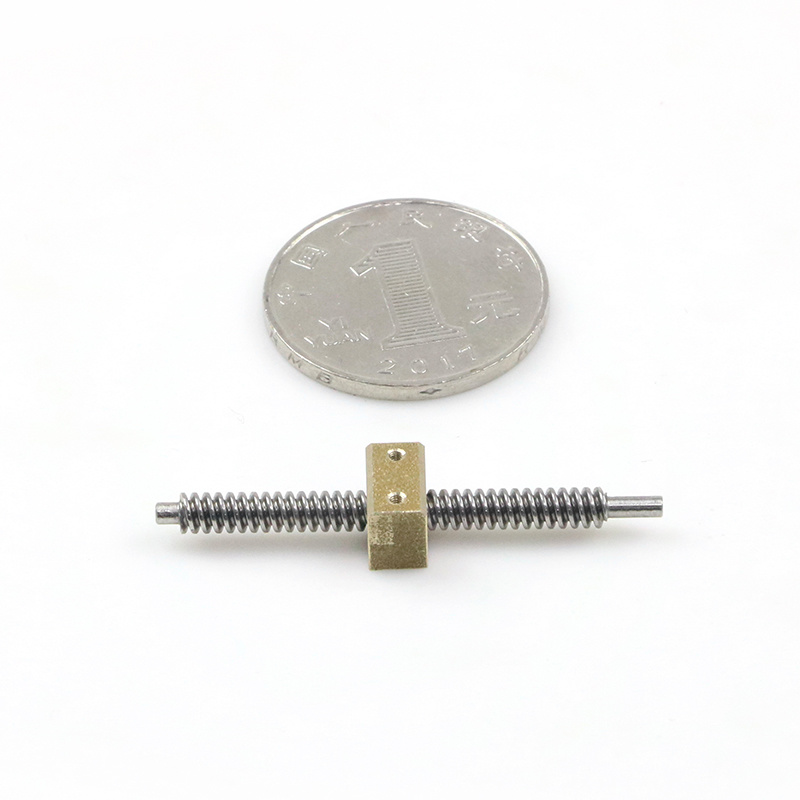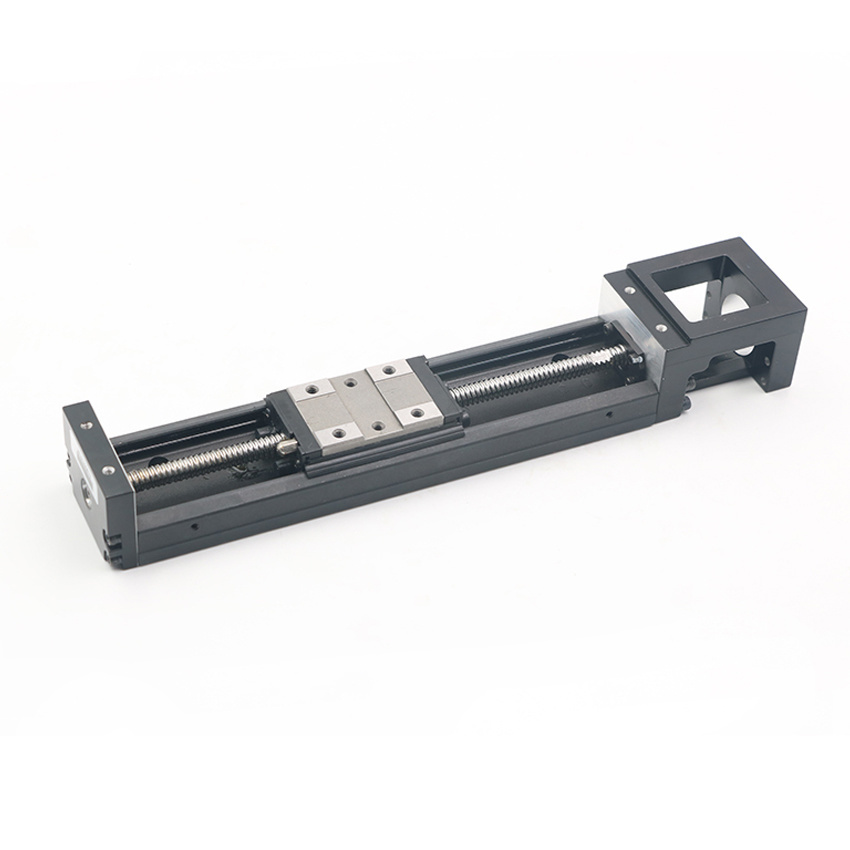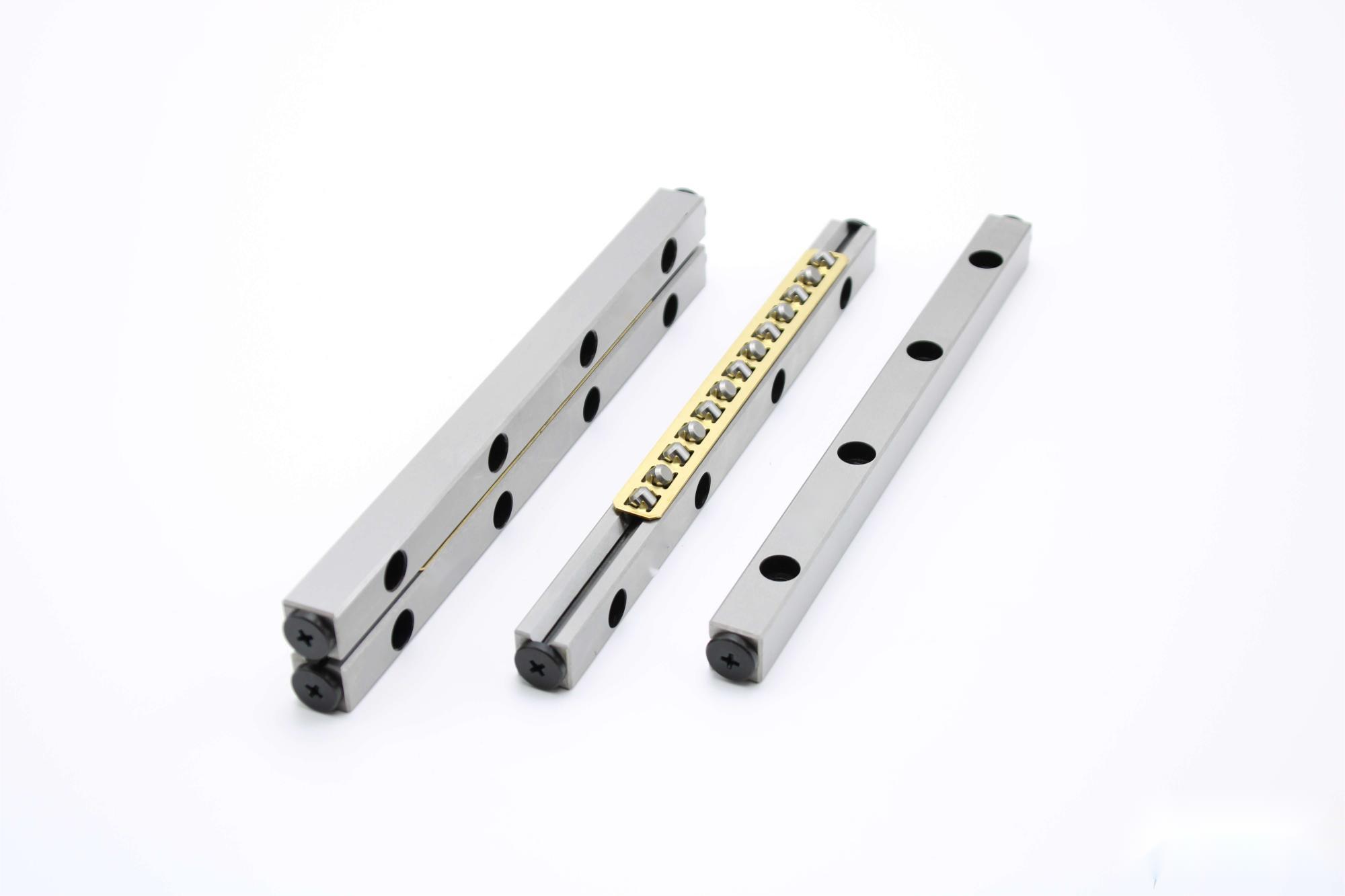News information
The ball screw market in the United States
The ball screw market in the United States is an essential part of the broader industrial automation, machinery, and manufacturing sectors. Ball screws are used in a variety of applications that demand high precision and efficiency, such as CNC machines, robotics, and automated equipment. Here’s an overview of the ball screw market in America, including trends, opportunities, and challenges:
1. Market Size and Growth
- Size: The ball screw market in the U.S. is a significant part of the precision mechanical components market. As of recent reports, the global ball screw market size was expected to grow at a CAGR (Compound Annual Growth Rate) of around 6-7% from 2023 to 2030. The U.S. holds a substantial share of this market due to its large manufacturing base, presence of advanced robotics, and high demand in automation and aerospace industries.
- Growth Drivers:
- Automation & Robotics: As industries like automotive manufacturing, semiconductor production, and aerospace increasingly rely on automation, the demand for high-precision components like ball screws grows.
- Manufacturing Renaissance: The U.S. has seen a resurgence in domestic manufacturing, spurred by reshoring initiatives and government incentives, which is driving demand for components like ball screws in CNC machines and automated systems.
- Aerospace & Defense: The aerospace sector continues to invest in high-precision machinery and systems, and ball screws are a critical component in these technologies, driving market growth.
- Electric Vehicles (EVs): The development and manufacture of electric vehicles also contribute to the market, as precision motion control is needed for parts like actuators, steering, and braking systems.
2. Key Market Segments
- By Application:
- CNC Machines: Ball screws are crucial in CNC machines for precise linear motion control.
- Robotics: In robotic arms, actuators, and automated systems, ball screws offer high efficiency and durability for long-term use.
- Automated Equipment: Automated material handling systems and conveyors often rely on ball screws for accurate motion control.
- Aerospace & Defense: Precision ball screws are vital in aircraft and military equipment for actuators and motion control mechanisms.
- Medical Equipment: High-precision ball screws are used in medical devices like MRI machines, surgical robots, and other diagnostic equipment.
- By Type:
- Rolled Ball Screws: These are cost-effective options that still offer good performance, popular in general manufacturing and automated systems.
- Ground Ball Screws: These are precision-engineered ball screws used in high-precision machinery like CNC systems and aerospace applications.
3. Market Trends
- Customization: There is a growing demand for customized ball screws that are tailored to specific applications. This trend is being driven by industries requiring unique specifications, such as robotics, aerospace, and medical equipment.
- Energy Efficiency: As energy efficiency becomes a priority, industries are increasingly opting for high-efficiency ball screws that reduce friction and improve the overall energy consumption of machines.
- 3D Printing: The adoption of 3D printing in manufacturing is indirectly influencing the demand for ball screws, especially in the prototyping and low-volume production of precision components.
- Smart Manufacturing: The rise of Industry 4.0 technologies, including IoT (Internet of Things) and AI (Artificial Intelligence), has led to smarter manufacturing processes, creating opportunities for ball screw suppliers who can offer systems with integrated sensors for predictive maintenance and performance monitoring.
4. Competitive Landscape
- The U.S. ball screw market is highly competitive, with both domestic manufacturers and global suppliers offering a variety of products. Key players include:
- THK America: A major supplier of ball screws and linear motion products.
- NSK Americas: A well-known manufacturer of ball screws and other precision motion control products.
- SKF USA: Provides high-quality ball screws, often used in industries like automotive and aerospace.
- Kuroda Precision Industries Ltd.: A global player that provides ball screws for high-precision applications.
- Bosch Rexroth: Known for producing high-performance linear motion and drive technology, including ball screws.
- Local Manufacturers vs. Importers: While many large companies import ball screws from countries like China and Japan, there’s also a growing interest in sourcing products from U.S.-based manufacturers, particularly as companies seek shorter lead times and more reliable supply chains.
5. Distribution Channels
- OEMs (Original Equipment Manufacturers): Many U.S. companies integrate ball screws directly into their machines or systems. Establishing relationships with OEMs is key to gaining significant market share.
- Distributors and Resellers: Specialized distributors of industrial components (e.g., McMaster-Carr, Grainger, Fastenal) play a significant role in supplying ball screws to various industries. Leveraging these channels allows manufacturers to reach a broader customer base.
- Online Marketplaces: E-commerce platforms like Amazon, eBay, and industrial-specific sites like ThomasNet or Alibaba offer a place for manufacturers to directly reach customers.
- Direct Sales: Selling directly to large corporations in industries like aerospace, robotics, and automotive can be a profitable approach, especially for suppliers with customized or high-performance ball screws.
6. Challenges
- Supply Chain Issues: Like many industrial components, ball screw manufacturers face supply chain disruptions, particularly in sourcing raw materials like steel and ball bearings.
- Price Sensitivity: The market can be price-sensitive, especially for lower-end products like rolled ball screws, where competition from imports may put pressure on margins.
- Technological Innovation: As industries push for more precise and efficient systems, there’s a continual demand for more advanced ball screw technology, requiring constant innovation from manufacturers.
- Shortage of Skilled Labor: Advanced manufacturing techniques for high-precision components require a skilled workforce. The shortage of trained engineers and technicians in the U.S. can be a barrier to growth.
7. Opportunities
- Advanced Manufacturing: As the U.S. manufacturing industry continues to adopt smart technologies and automation, there are new opportunities for high-precision ball screw suppliers.
- Sustainability: The increasing emphasis on energy efficiency and sustainability could drive the adoption of ball screws that reduce energy consumption and wear in automated systems.
- Robotics and Automation: With the rise of AI, robotics, and automation, especially in industries like logistics and healthcare, there is increasing demand for ball screws that offer high precision and longevity.
Conclusion
The U.S. ball screw market is poised for steady growth, driven by advances in manufacturing technologies, robotics, and automation. By understanding the key applications, trends, and competitive dynamics, suppliers can better position themselves in this market. Companies that can offer high-precision products, customization, and superior customer support are likely to see success in the evolving landscape.
Would you like more detailed insights into any specific area of the market, such as pricing strategies or key manufacturers?
NEWS & EVENTS







